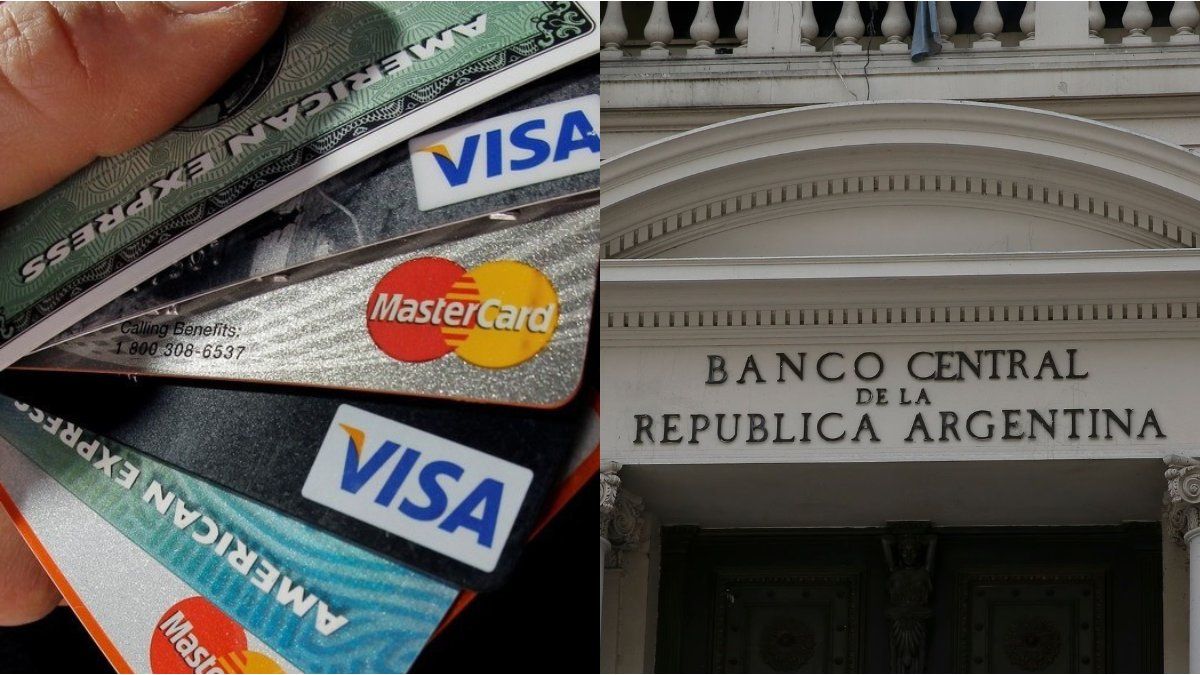Behind the modification in monetary policy provided by the Central Bank of the Argentine Republic (BCRA), the banks hope that the decision will have an impact on the credit card financing cost and the minimum payment for monthly purchases.
This Monday, the entity led by Santiago Bausili announced the new monetary policy rate and the liquidity management scheme. The organization determined that starting this Tuesday the reference rate will be that of one-day repos, which implies a down from 133% annual nominal (TNA) to 100%.
In turn, the BCRA Board of Directors decided to stop carrying out Leliq tenders; One-day repo operations will be the main instrument for absorbing monetary surpluses. The objective of the measure, according to the entity, is to maintain a single reference interest rate and transmit a clearer monetary policy signal and “strengthen its transmission to the rest of the rates in the economy.” The initiative was completed with a reduction in the rate of traditional fixed terms from 133% to 110% TNA.
What will happen to the cost of credit card financing?
In November, he recorded his last movement: the refinancing of purchases with plastic rose from 107% to 122% TNA, a percentage that applied to amounts less than $200,000 or $200. The modification implied a monthly rate of 10.17% and an annual effective rate of 220%. However, the Total Financial Cost (CFT), which will finally come in the summary, was around 302.8% approximately. For larger amounts, banks can charge a rate higher than 25% of the interest rate on a personal loan. Each entity determines its own cost. The average interest rate on personal loans is 121.94%, so credit cards can charge a limit of 152.5% nominal annual interest (320% annual effective rate).
But The changes applied by the BCRA could modify these percentages. In fact, according to the management of a financial institution, “Active rates fell in all lines in the banks”. However, if 30-day Ledes are issued, as the Ministry of Finance will make available on Wednesday, “there could be a rate increase.” In summary, “until yesterday there was a carry-over effect for the reduction in rates, but it is not known with certainty if it can be maintained over time, it will depend on what measures the BCRA will continue to take,” indicates the source from the banking sector in dialogue with Ambit.
In turn, another representative of one of the financial entities with the greatest influence in the City of Buenos Aires also understands that the modification of the rates “could be seen shortly, because we understand that The reduction will be accompanied proportionally” since it considers that the BCRA’s strategy is to “deindex financing instruments.”
Each bank sets its rate policy
Likewise, it is important to clarify that each bank sets its rate policytherefore, in the event of applying a reduction in financing via credit card, It would not be seen homogeneously in all banks. This medium consulted on this issue with representatives of the Central Bank, but there were no definitions on the matter.
The rate policy applied for cards credit is important in a context where this instrument is mostly used to acquire basic goods, such as food and products on shelves. According to a report by the Economic Research Institute (IIE) of the Córdoba Stock Exchange, in September 76% of plastic operations corresponded to the purchase of food or drinks. According to the organization, the dynamic responds to three factors: the fall in real wages against inflation, the increase in prices of the basic basket – located at $390,456 – and the increase in the purchase limit promoted by the previous administration. “In Argentina, private consumption represented 73% of GDP last year, but in a context of high inflation and a high level of debt, that level is not necessarily a positive sign,” the report concludes, and without considering the effects on prices of the devaluation applied by the economic team headed by Luis Caputo.
Source: Ambito




